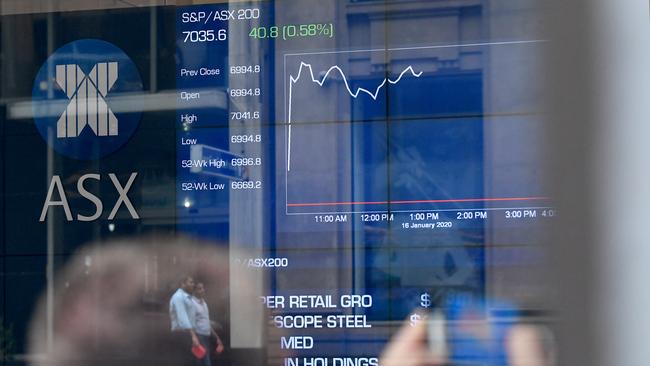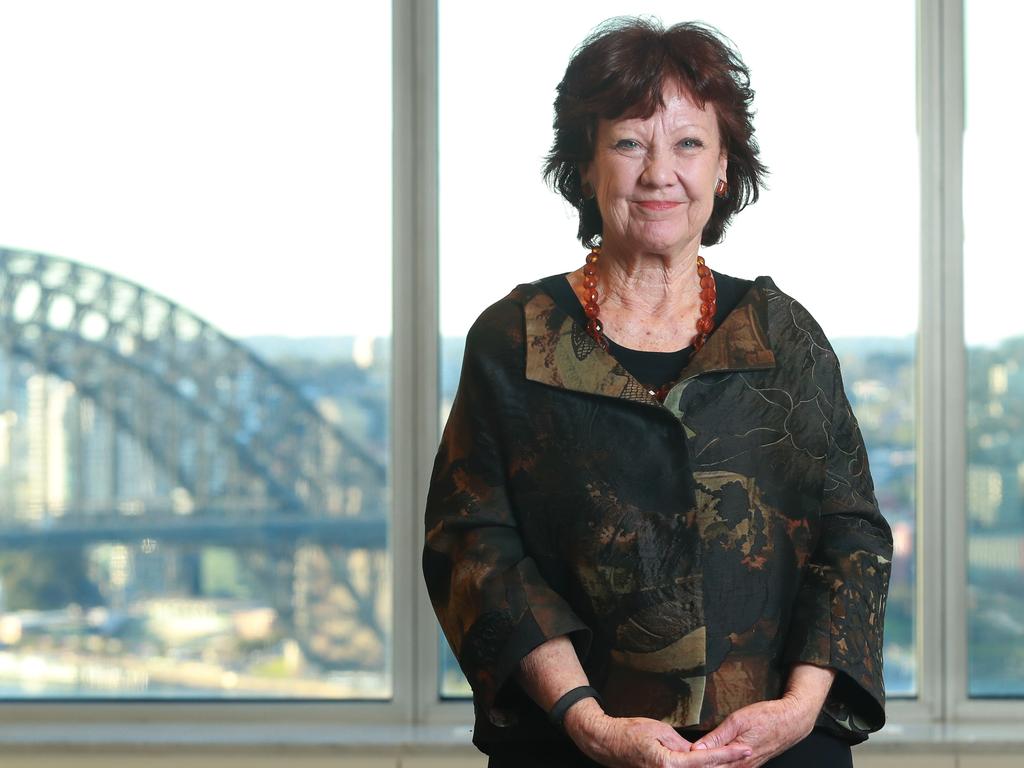
It’s one of a number of positive surprises this earnings season that has helped generate better-than-normal share price reactions despite the coronavirus pandemic and lockdowns that have caused the biggest fall in earnings and dividends since the global financial crisis.
The S&P/ASX 200 rose 0.3 per cent to 6129.6 points on Monday, remaining near a six-month high hit last week, as US futures indicated that Wall Street was set to jump to fresh record highs after surprisingly good economic data on Friday.
But the modest rise in the index masked double-digit percentage gains in Reliance Worldwide, oOh!media, Nearmap and TPG Telecom, and record highs in Afterpay, Appen, ARB, Carsales.com, Breville, Fortescue Metals, JB Hi-Fi, Megaport, Mineral Resources, NextDC, Xero and Wesfarmers. Also worth noting was a record high daily close for Domino’s Pizza, a six-month high for Premier Investments and Harvey Norman, and the four-year high in Super Retail.
One positive from the reporting season so far is that almost 50 per cent of reporting ASX 200 companies have seen their consensus price target upgraded, by an average of 2.8 per cent.
And amazingly, considering the number of stocks in consumer discretionary such as travel and gambling stocks that have been directly hit by the social distancing requirements, 94 per cent of stocks in the sector have seen their consensus price target upgraded.
It fits with the findings of UBS’s latest “Evidence Lab” survey of consumers in the first two weeks of July (pre-Victoria lockdown) that showed spending intentions and income expectations improved since the last survey in April, with the biggest rise in high-income households, and more consumers looking to buy property and cars despite higher unemployment since the pandemic.
While noting that their October survey will show if the bounce in spending intentions was sustained after the Victorian lockdowns and the so-called “fiscal cliff” that lies ahead, UBS analysts say the results are positive for Bapcor, Harvey Norman, Metcash, Woolworths and banks.
“The survey supports our view that consumers should draw down savings in the December quarter, providing some support to spending, but still only partly offsetting the ‘fiscal cliff’ (and if) lockdowns persist, spending will weaken regardless,” they said.
“We still like cyclical sectors, including discretionary retail, as signposts are OK for now.”
Deep fissures wrought by COVID-19
While results have “exposed the deep fissures wrought by COVID-19” with “further evidence of the vicissitudes” appearing in a range of results, including Qantas, Bendigo Bank, Dexus and Vicinity last week, “the crisis has not been a headwind for all,” says JPMorgan Australia’s head of research, Jason Steed. “Retail remains a beacon”.
JB Hi-Fi’s result last week was a case in point, the retailer “quite remarkably” saying its sales in July were up 44.2 per cent on a like-for-like basis, year on year.
It was a similar story for Super Retail on Monday, as its sales growth had accelerated to 32 per cent on a like-for-like sales growth in the July-August trading update, versus 26.5 per cent in May and 27.7 per cent in June, consistent with the retail trends born out in the UBS consumer survey, despite the two weeks of Melbourne closures included in the sales period.
Citi’s Bryan Raymond reiterated his “buy” rating and $10.80 price target on Super Retail, noting that while the recent share price rally had driven a rerating to 15.8 times versus pre-COVID-19 levels, from around 12-13 times, its shares were still at a 35 per cent discount to the ASX 200 index ex- resources, and also at the lower end of retail peers.
With the consensus for sales growth of just 1 per cent in FY20, “each month of strong momentum results in upside risk to these modest consensus earnings expectations”, he said.
Interesting for the biggest picture, according to Steed, is that share price volatility after earnings reports and forecast variance were at or near record levels this results season.
In fact, the proportion of stocks moving on the day of their report by more than 2.5 per cent up or down in relation to the ASX 300 index is at a record high, and forecast variance is similarly near all-time highs, with result season doing little to narrow the expectations gap.
The onset of COVID-19 understandably caused a sharp divergence in the range of analyst forecasts.
In terms of aggregate net profit, the gap between consensus and the highest estimate measured on a monthly basis moved from 18 per cent to 30 per cent since January and so far this month has risen a further 4 per cent.
The finding is similar when looking at the proportion of the ASX 300 that has a gap between the highest consensus estimate and the mean that’s greater than 25 per cent (a material difference).
“What surprises us is the extent to which the gap has widened again for the month to date in August,” Steed says. “This shift highlights a high degree of persisting uncertainty in the market. To a certain extent, this is surprising. Typically, results season sees the degree of variance narrow.”
Given his expectation was that this season would see an even sharper narrowing — not only through the added clarity of results and an element of guidance but also that it would force “stale outliers” to update — the wider gap is more significant from the perspective of ongoing underlying uncertainty.








Strength in the consumer discretionary sector continues with Super Retail Group shares hitting a four-year high on stronger sales growth and many stocks in the sector that have updated the market in recent weeks continuing to outperform.